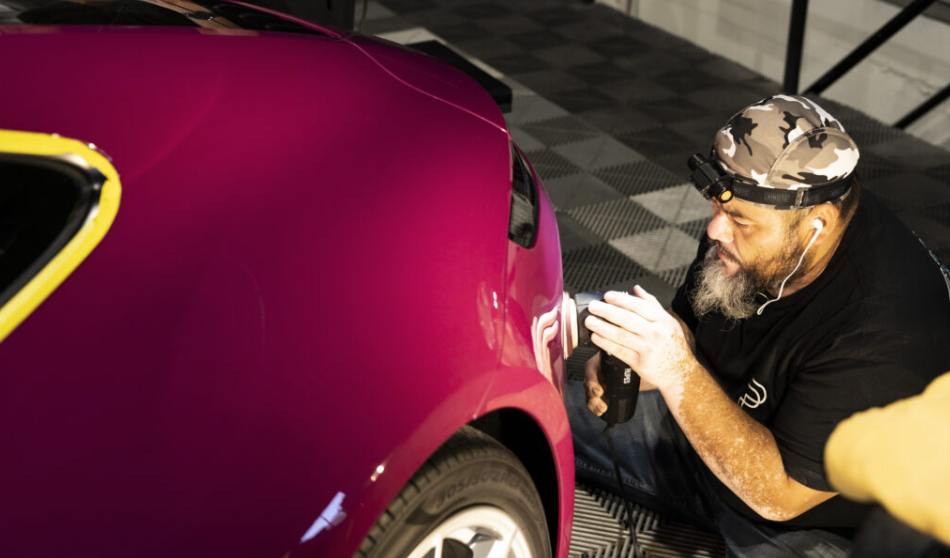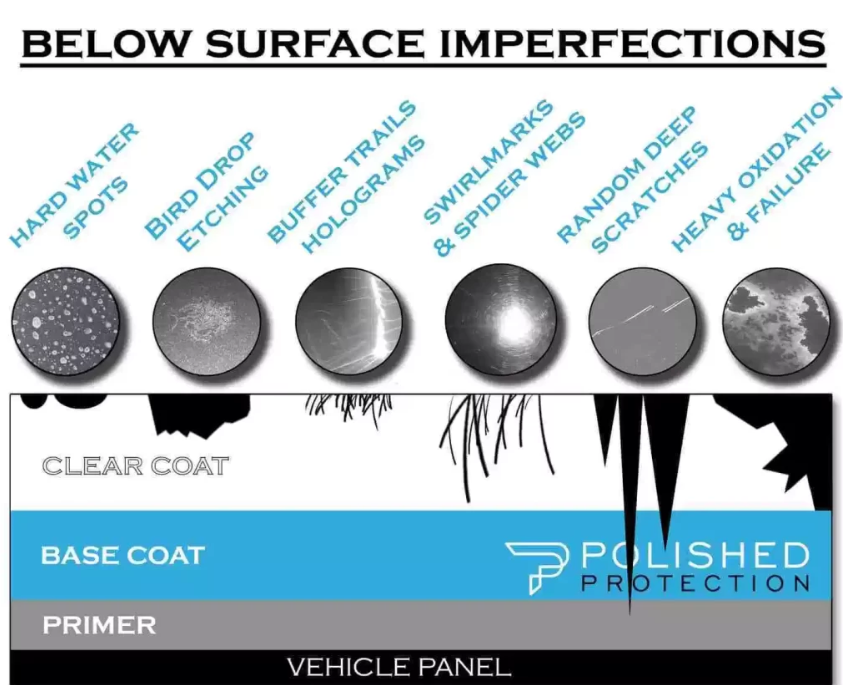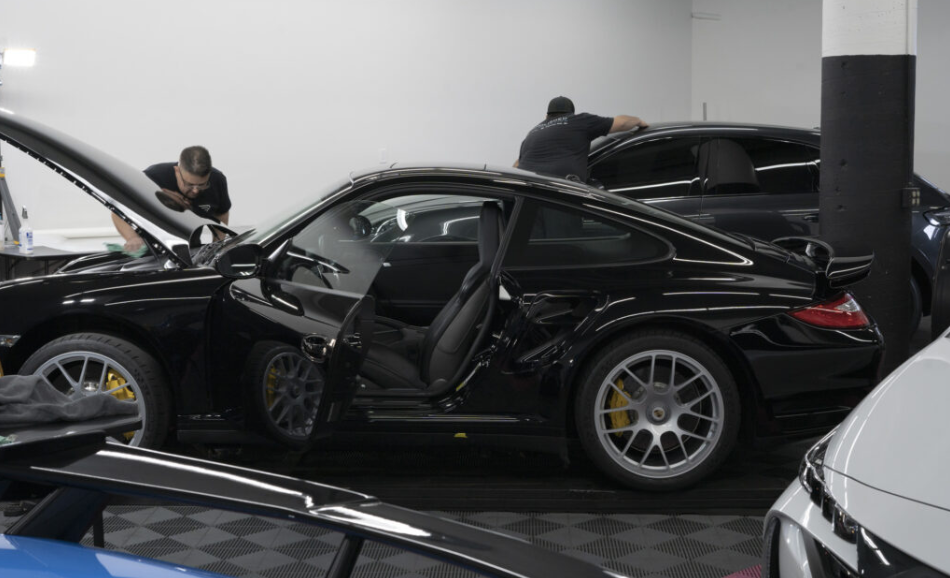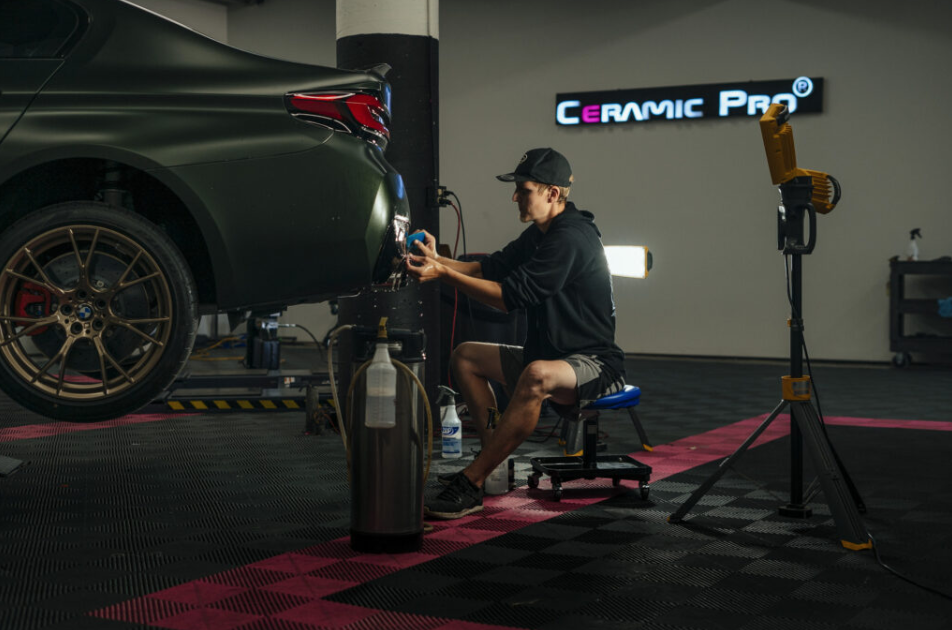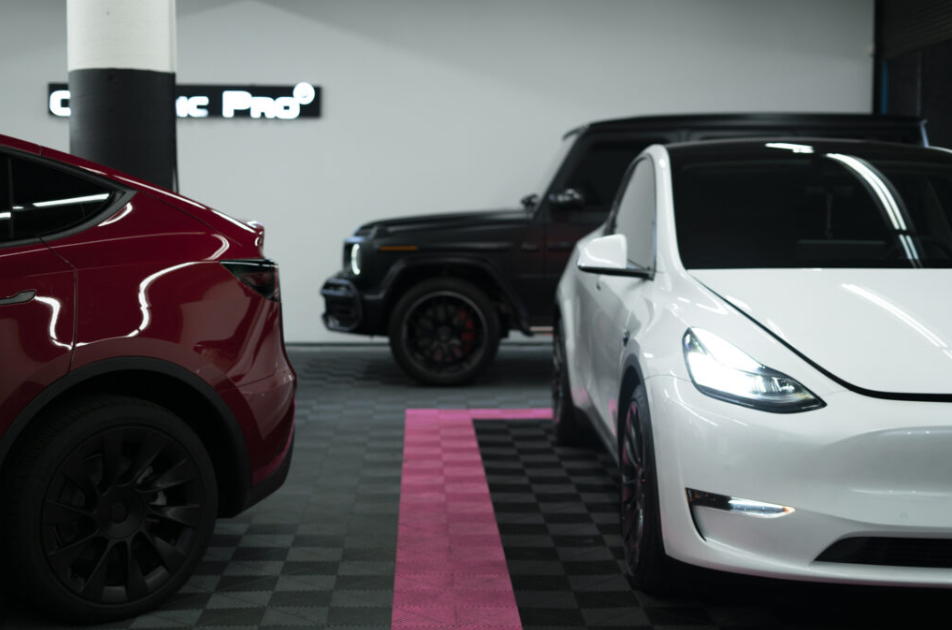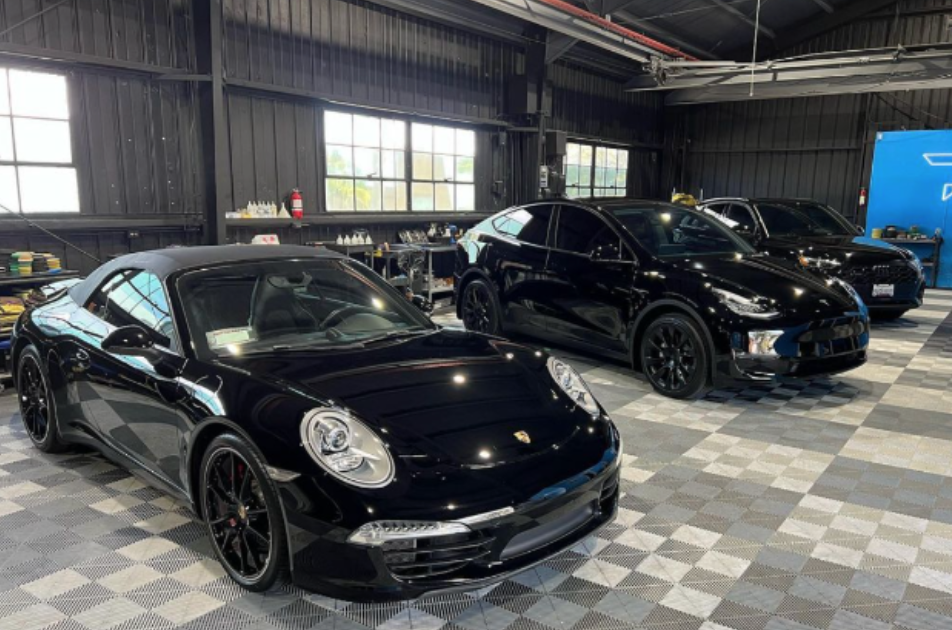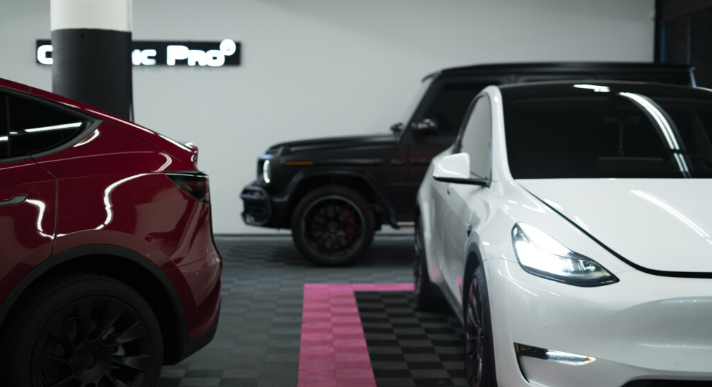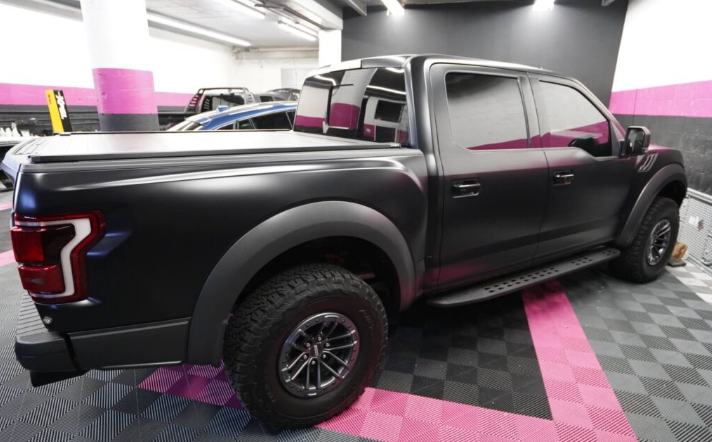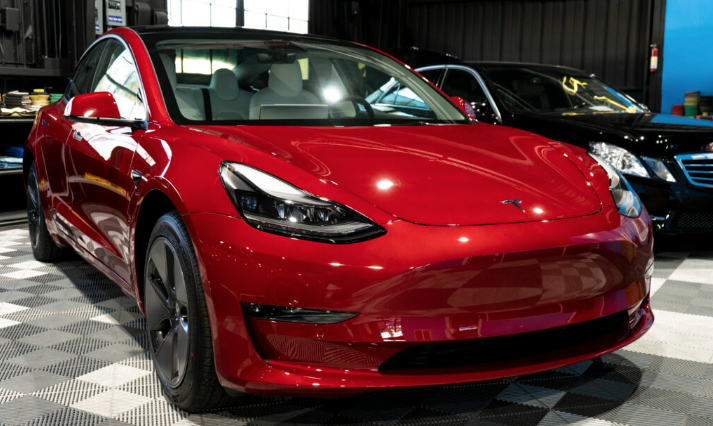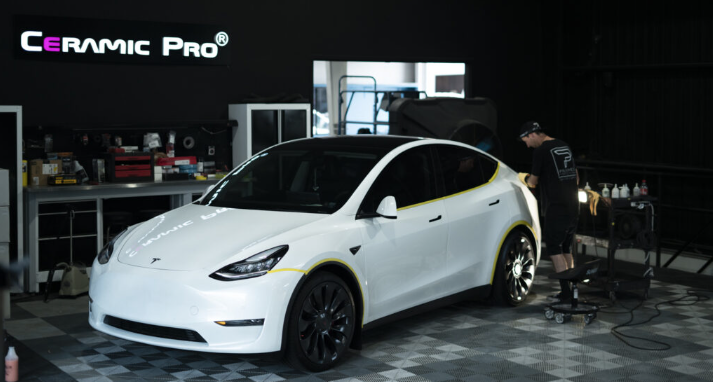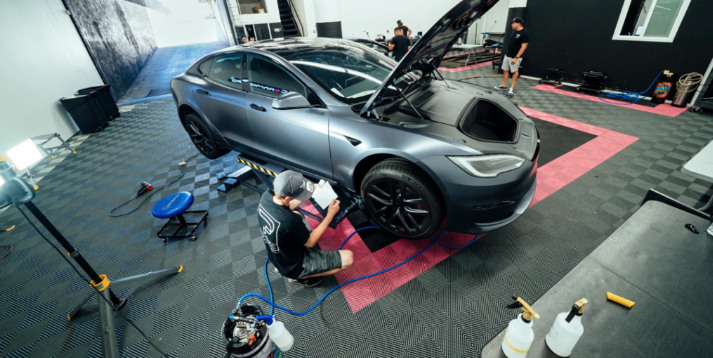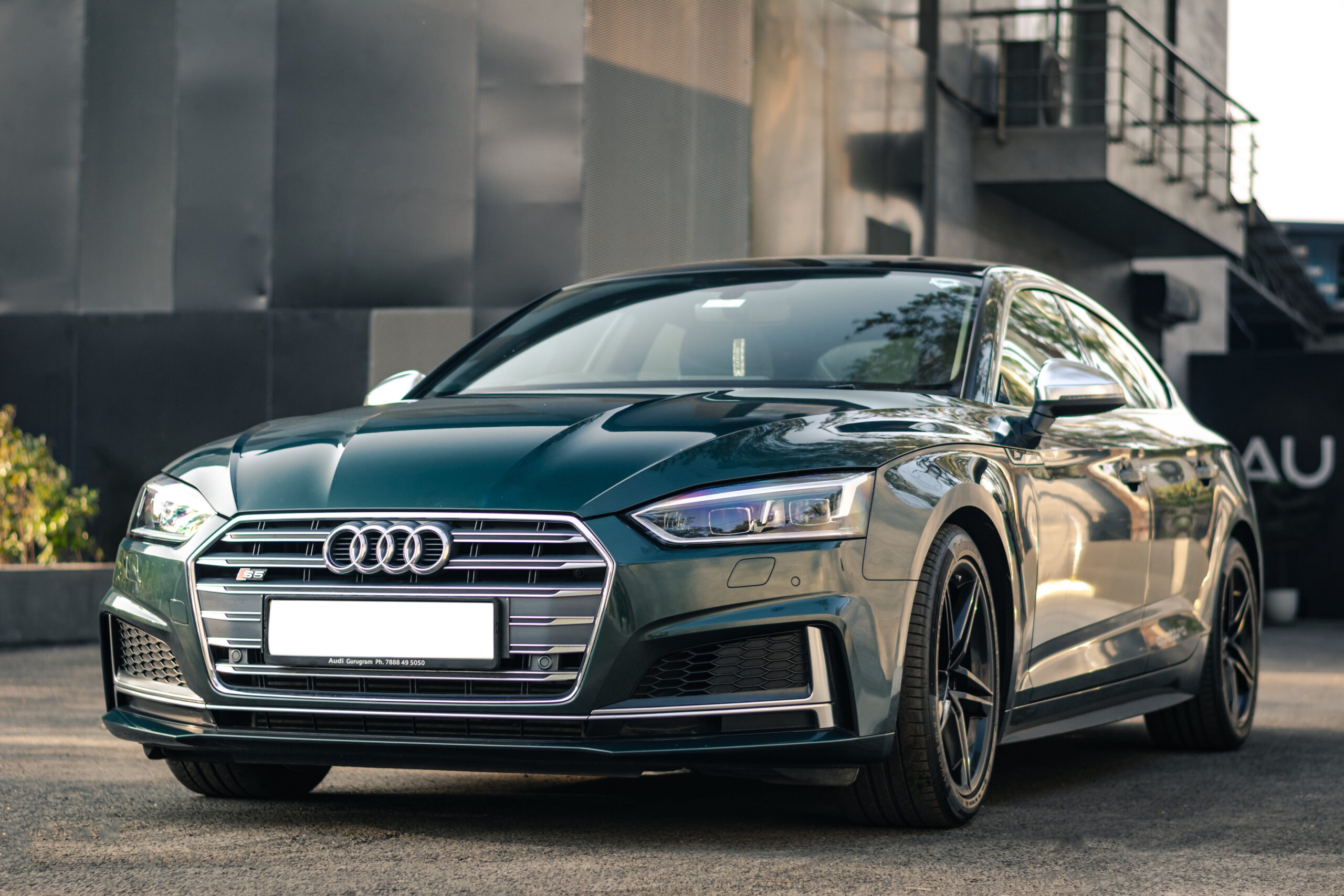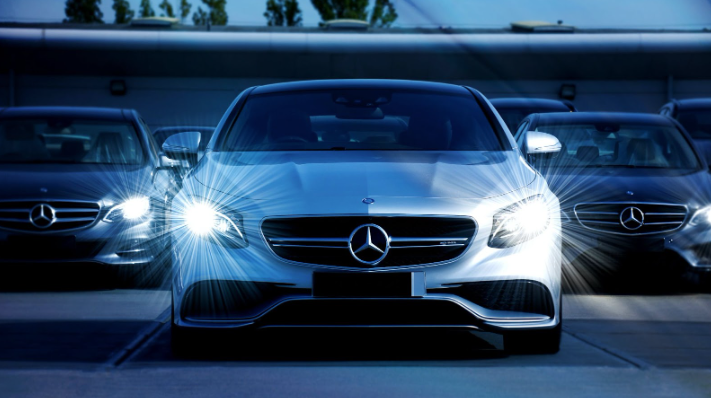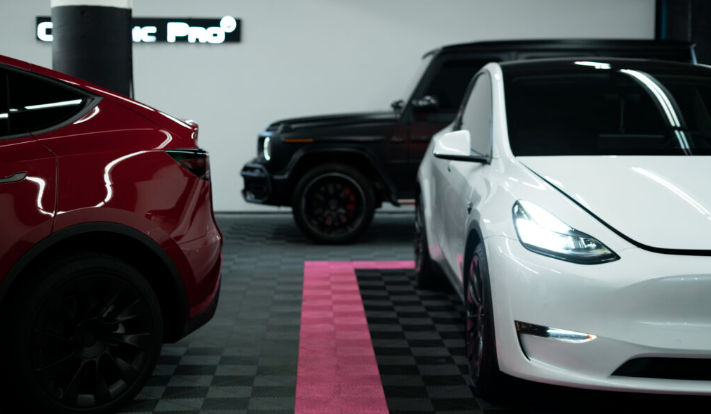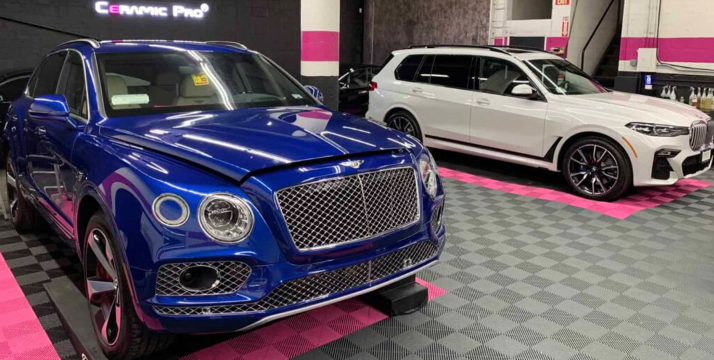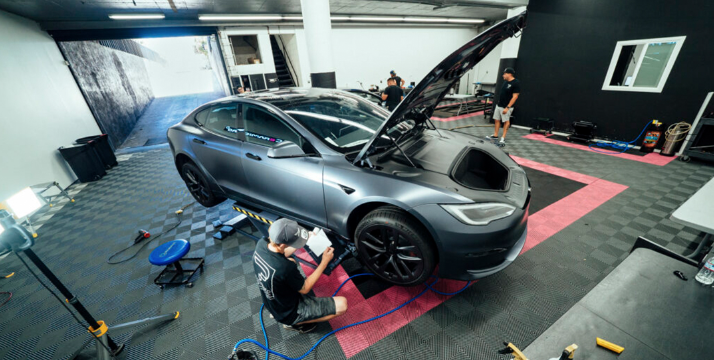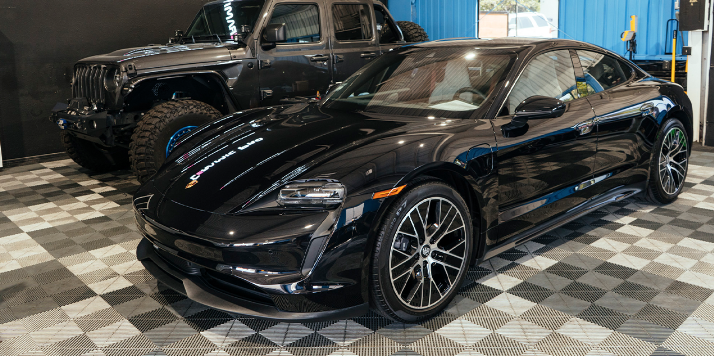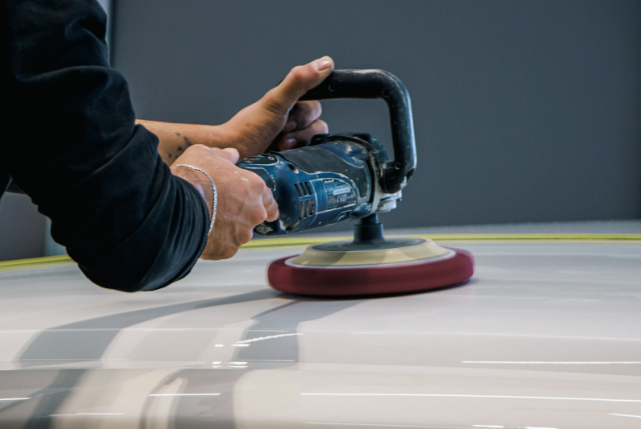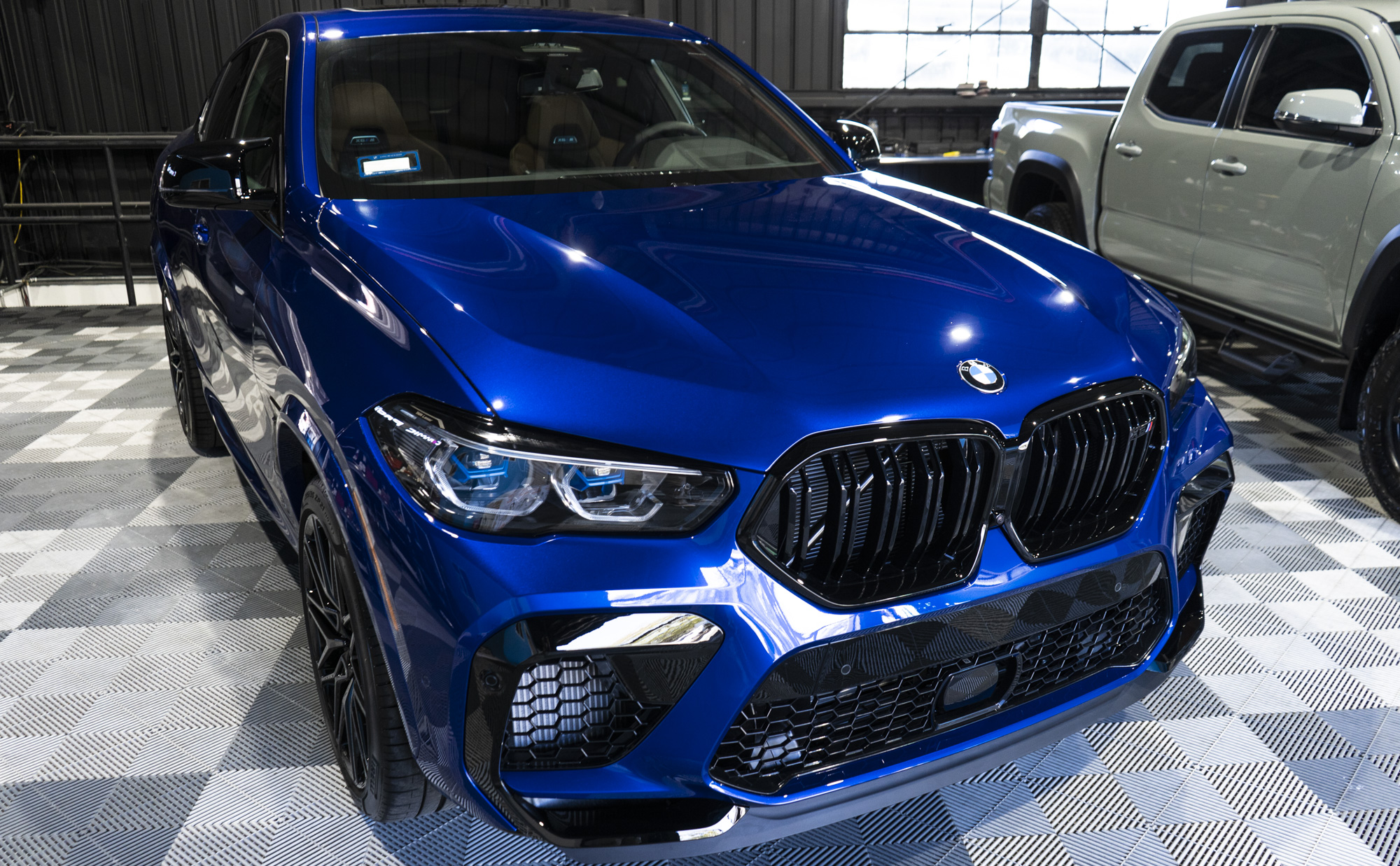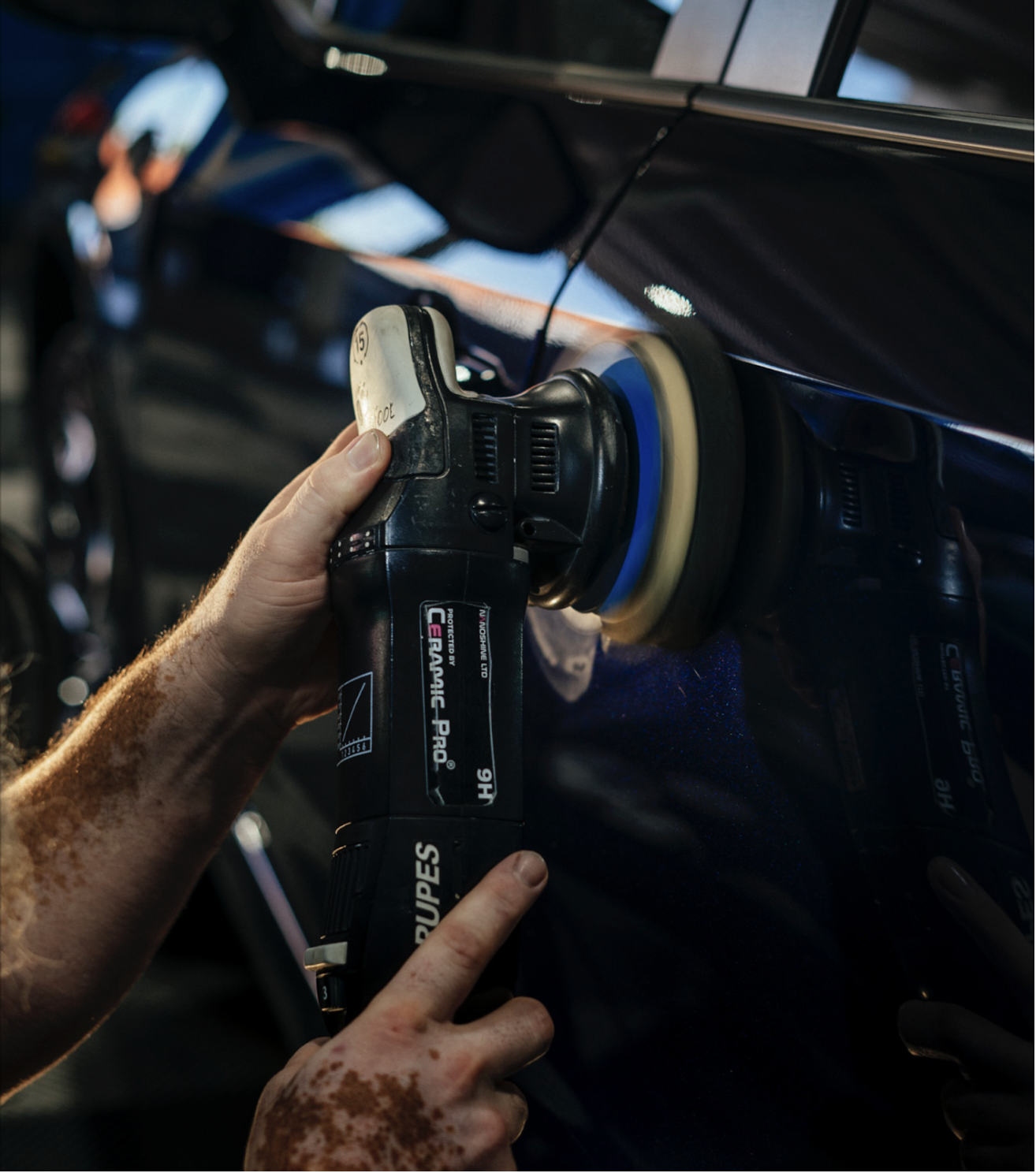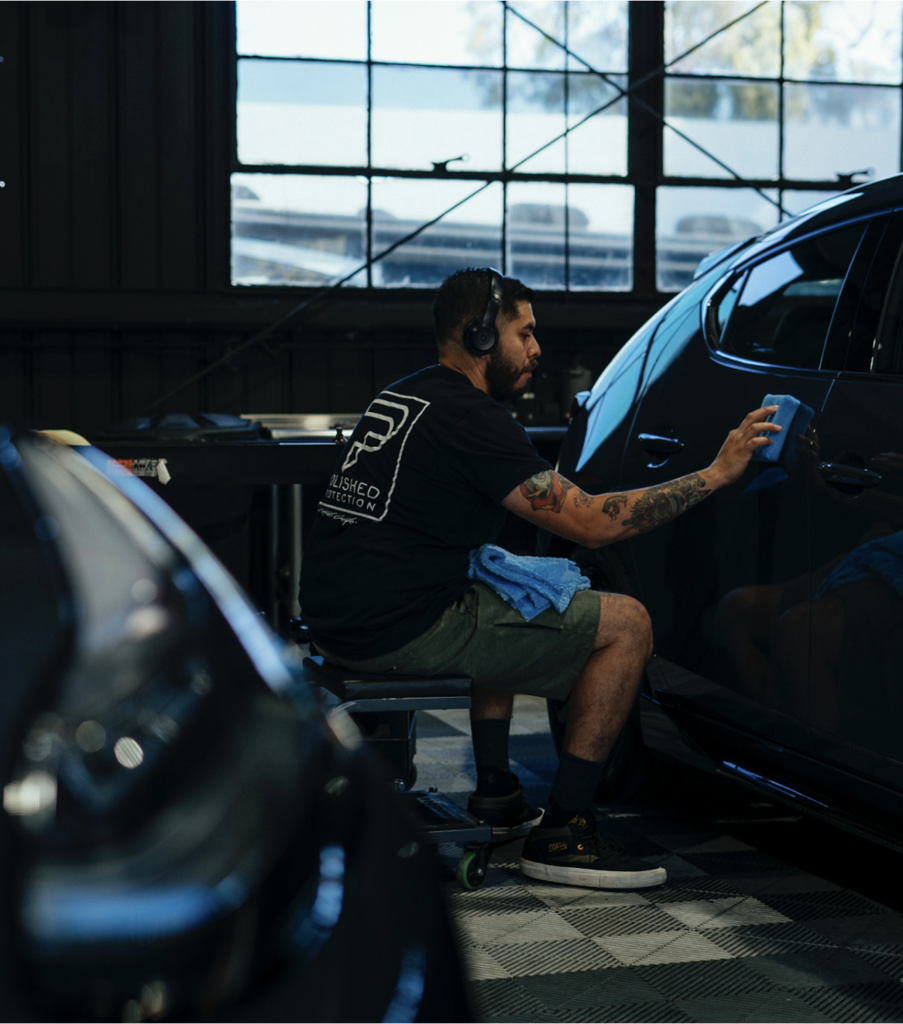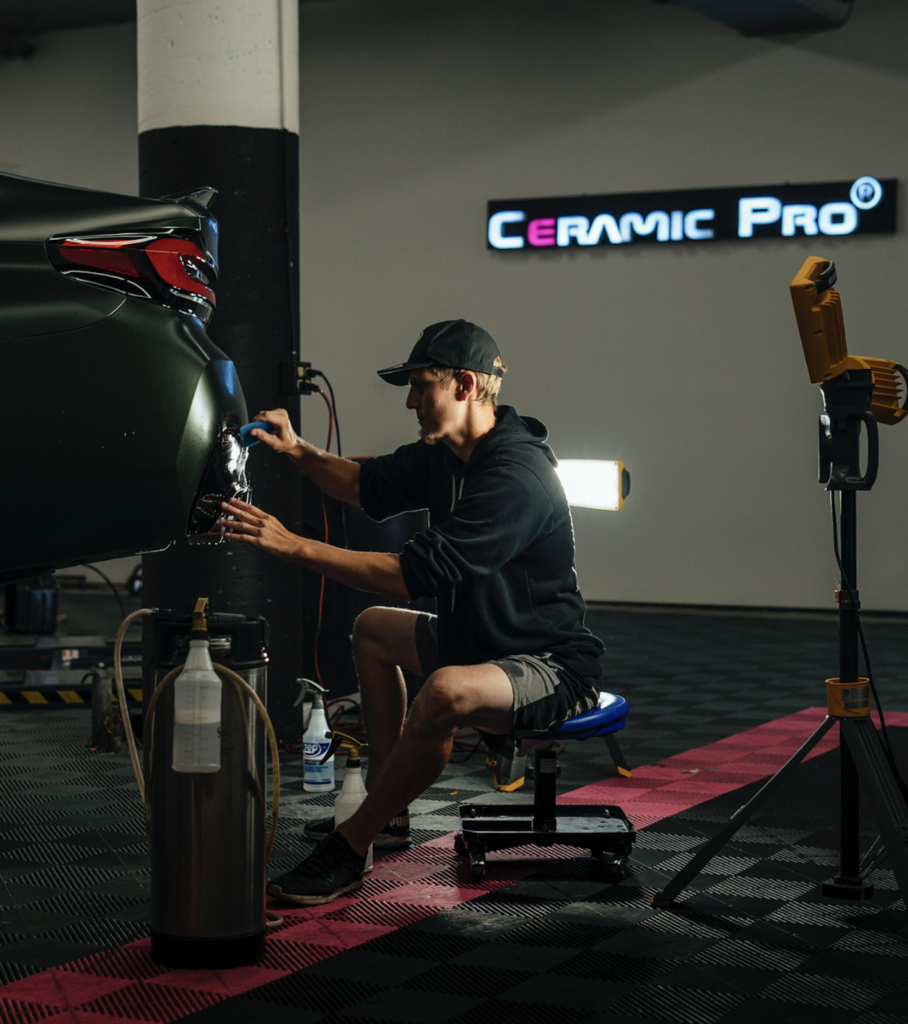5 Tips for Car Protection in Signal Hill, CA
Protecting your vehicle has never been easier to do, and it’s crucial for keeping it in top condition. In Signal Hill, CA, where city life and weather can wear on cars, it’s smart to take steps to safeguard your investment. That’s why we’ve put together these five simple tips for car protection. From Ceramic Pro Coatings to Window Tint and more, we’ll show you how to keep your ride looking great and holding its value!
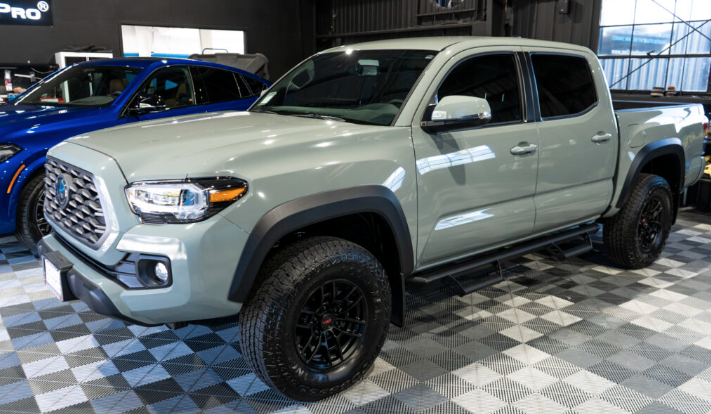
Ceramic Coatings
Ceramic coatings are like a shield for your car’s paint, helping to protect it from scratches, dirt, and harmful UV rays. Once applied, they create a durable, transparent layer that repels water and keeps your car looking shiny and new for longer. With ceramic coatings, you can spend less time worrying about damage and more time enjoying your ride.
Vehicle Window Tint
Vehicle window tint offers multiple benefits to enhance your driving experience. By reducing heat and blocking up to 99% of UV rays, it keeps your car cooler and protects your interior from fading. Additionally, it acts as a barrier against harmful UV rays, providing essential skin protection. Moreover, window tint cuts annoying glare, ensuring safer driving conditions and clearer visibility. With these advantages, window tint not only enhances the aesthetics of your vehicle but also improves your comfort and safety on the road.
Paint Protection Film (PPF)
Paint Protection Film (PPF) is like invisible armor for your car’s paint, shielding it from scratches, chips, and other damage caused by road debris and environmental hazards. Once applied, this transparent film forms a durable barrier that absorbs impacts and prevents them from reaching the paint surface. PPF is a smart investment for maintaining your vehicle’s appearance and resale value, providing peace of mind knowing that your paint is protected against the rigors of daily driving.

Paint Correction
Paint correction is a process that restores your car’s paint to its original shine and smoothness by removing imperfections like swirl marks, scratches, and oxidation. Using specialized tools and techniques, paint correction professionals gently polish the surface to eliminate blemishes and reveal a flawless finish. This revitalizing treatment not only enhances the appearance of your vehicle but also helps maintain its value. Whether your car has minor imperfections or more significant damage, paint correction can make it look like new again, leaving you with a stunning and showroom-worthy finish.
Regular Maintenance and Care
Regular maintenance and care are essential to keep your car looking and performing its best for years to come. By sticking to a routine of washing, waxing, and detailing, you can prevent dirt, grime, and environmental contaminants from damaging your vehicle’s paint and interior. Additionally, regular maintenance helps to identify and address any issues before they become more significant problems, saving you time and money in the long run. At Polished Car Care, you can get a variety of high-quality products to assist you in maintaining your car, from premium car wash soaps to protective wax coatings. With a range of products, keeping your car in top condition has never been easier.

Ready To Protect Your Car?
Whether it’s investing in Ceramic Pro Coatings, Window Tint, Paint Protection Film, or Paint Correction, taking proactive steps can significantly extend the life of your vehicle. Additionally, regular maintenance and care are essential to ensure long-term durability and performance.
At Polished Protection in Signal Hill, we offer a comprehensive range of services to meet all your car protection needs. From professional coatings to top-quality maintenance products, we’re here to help you safeguard your investment. Call us today to see how we can assist you in keeping your car looking its best for years to come!

